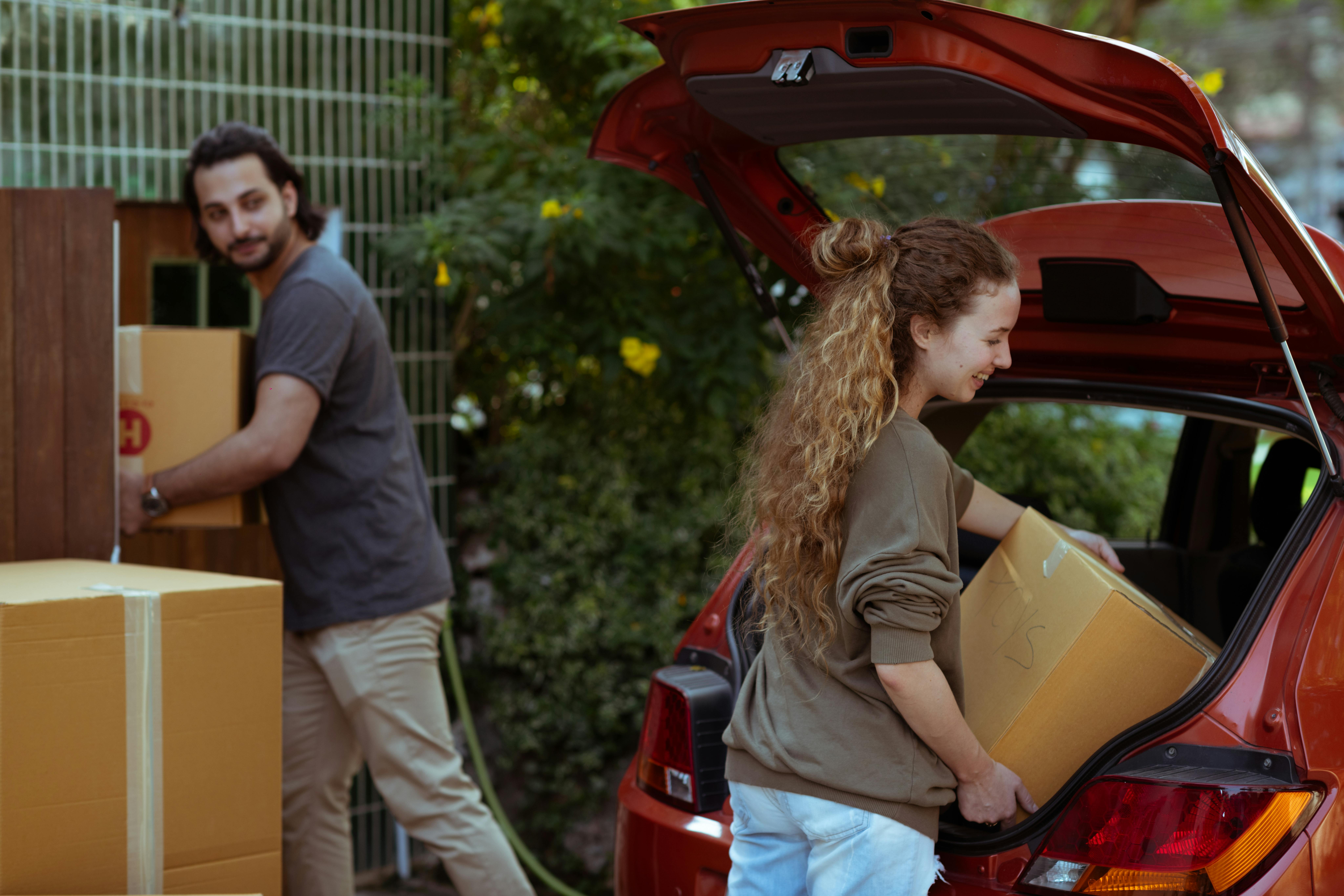What should be in a car emergency kit?
Why should you have an emergency car kit?
A car emergency kit should be in every driver’s vehicle, but it is one of the most overlooked types of roadside emergency kit. If you live or travel through remote wilderness areas, or places that regularly experience harsh weather conditions, such as snowstorms and thunderstorms, then you are at risk. Your car’s emergency kit should have the necessary tools for first aid, food, and water.
An emergency car kit can be used when you are stuck in your vehicle waiting for help to arrive or when you are forced to leave your car and survive. You must have enough survival gear to last at least 72 hours and have access to a shovel or ax to get out of the trench. You will also need shelter, warmth, light, and communication. Your road disaster kit can be your last line of defense against everything.
Case study
An emergency car kit would have benefited James and Jennifer Stolpa and their young son Clayton. Unfortunately, because they did not have the knowledge or an emergency kit, they lost parts of their limbs. In December 1992 in Northwestern, Nevada, James, Jennifer and Clayton Stolpa were trapped inside their vehicle for several days during a snow storm, they did not have an emergency car kit, which means they had no survival supplies and minimal food.
Building your vehicle kit
Car emergency kit should be stored in an appropriate case, such as a duffel bag, backpack, or dry bag. Ideally, you want to get something that is sturdy and waterproof. Always keep the kit stored in your vehicle. Your car’s emergency kit should include all of the following:
Mobile phone: Good to have in case of an emergency, but keep in mind that you may not be in an area that has cell coverage.
Survival clothing and survival blanket kit: Pack an extra set of clothing, socks, gloves, and hats, including blankets, sleeping bags, or sun blankets for each person.
Survival kitchen equipment: Including kitchen utensils, stove and fuel. They should be compact and allow you to boil a hot infusion or cook food.
Aquatic survival equipment: Make sure you have enough packaged water or access to water purification tablets or filters to clean river, stream, or lake water.
Bright bar: Great for signaling at night
Flashlight with extra batteries or crank: To see at night and signal
MRE meals: MRE meals are available at many camping stores and are found online. Energy bars are also a good option. In this circumstance, the ones with the most calories are the best.
Local road maps: In case you get lost and need to find your way back.
Shovel: If your vehicle gets stuck in snow or mud, you can use your hands to dig, but a shovel will do the job faster and better.
Survival blanket canvas: A blue or orange tarp will help visibility or as a signal.
Toilet paper: It’s often overlooked, but toilet paper has a lot of practical uses besides, you know. It can be used as insulation for your clothes to keep you warm, as well as fuel for fires.
Survival tools and gadgets: Jumper cables, multitool, reflective triangle, flat tire inflator and duct tape will become useful tools during a road emergency.
N’oubliez pas. The emergency kit in your car should have extra food in case you have to stay in your vehicle until help arrives.
